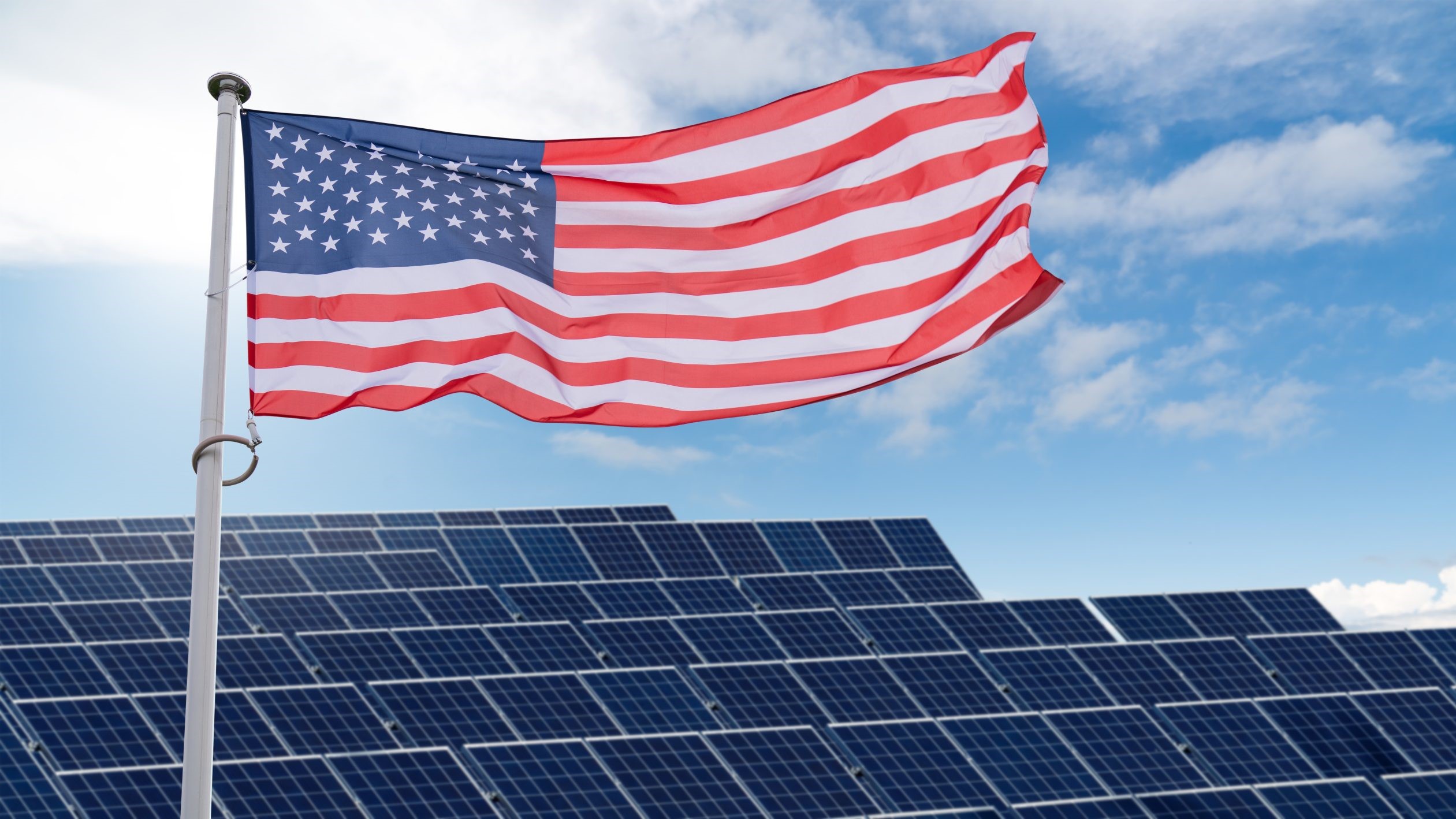A new report shows that combining offshore aquaculture with floating wind power can contribute to stable, local food production without putting pressure on coastal environments.
The project OFFWOFF (Offshore Floating Wind and Offshore Fish Farming) has explored how floating wind power and offshore fish farming can coexist within the same marine areas to achieve a more resource efficient and sustainable use of the Nordic seas.
Using a wind farm in Skagerrak as a case study, the project analysed the technical, environmental, and commercial conditions for co-location. The results show that combining offshore energy and food production is not only possible, but it can also deliver clear benefits for both society and industry.
“As activity at sea is increasing at the same time as we’re trying to protect more of the world’s oceans, marine multi-use will be an important tool for managing the ensuing competition,” says Emil Gejrot, adviser at Nordic Innovation and continues:
“The OFFWOFF project gives us an indispensable understanding of how such multi-use can be achieved in practice.”
Floating wind farms in deeper waters offer excellent conditions for salmon farming. The cold, fast-moving waters reduce the risk of sea lice and oxygen deficiency, which supports fish health and animal welfare. In addition, these zones restrict bottom trawling, giving marine ecosystems a chance to recover. When fish farming is added to these protected areas, they become sites of active food production, allowing us to preserve and make sustainable use of the ocean at the same time.
The partners behind the OFFWOFF project are SubFarm, DHI, ÅKP, GCE Blue Maritime Cluster, Fyrbodal Association of Local Authorities and Freja Offshore as project leader.
The project is supported by Nordic Innovation under the Sustainable Ocean Economy program.









